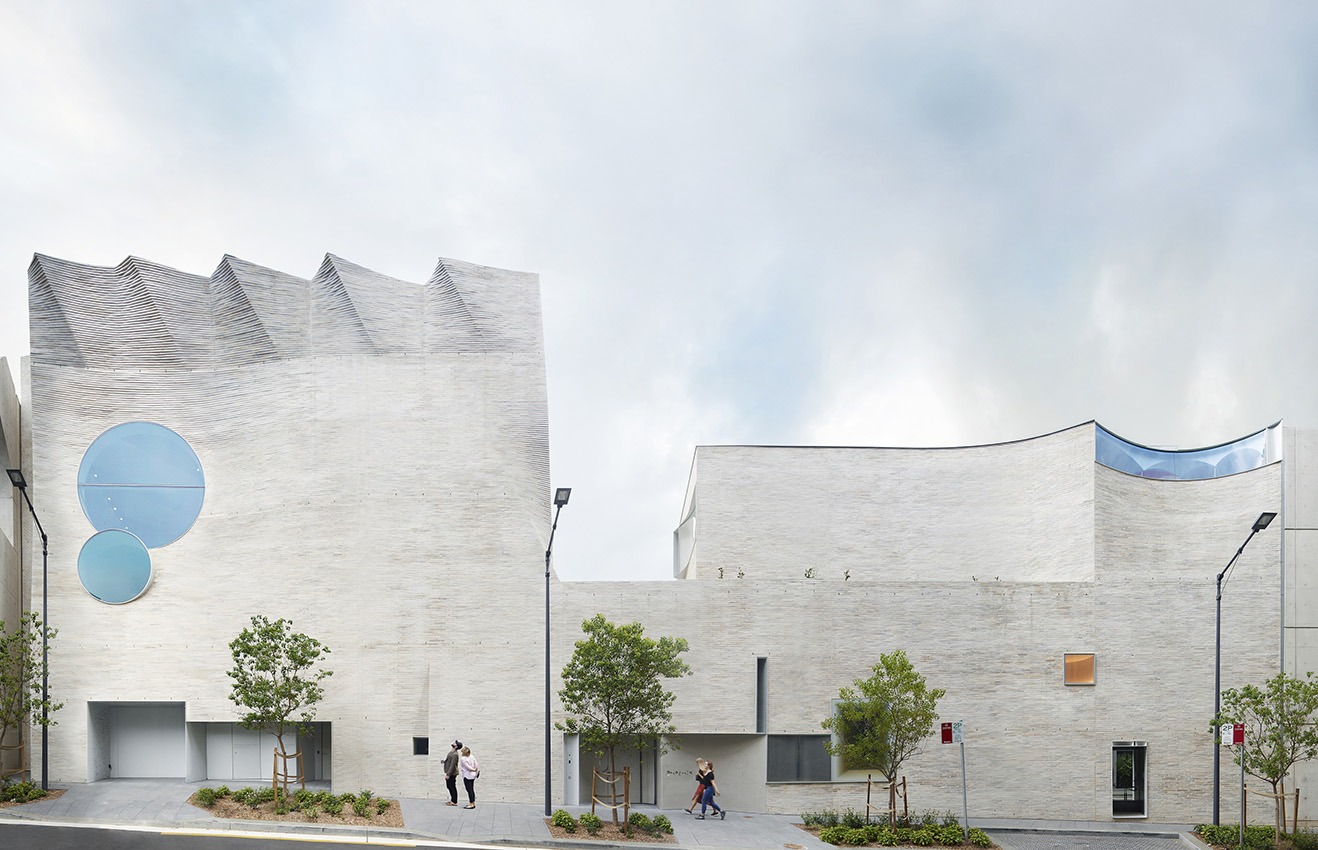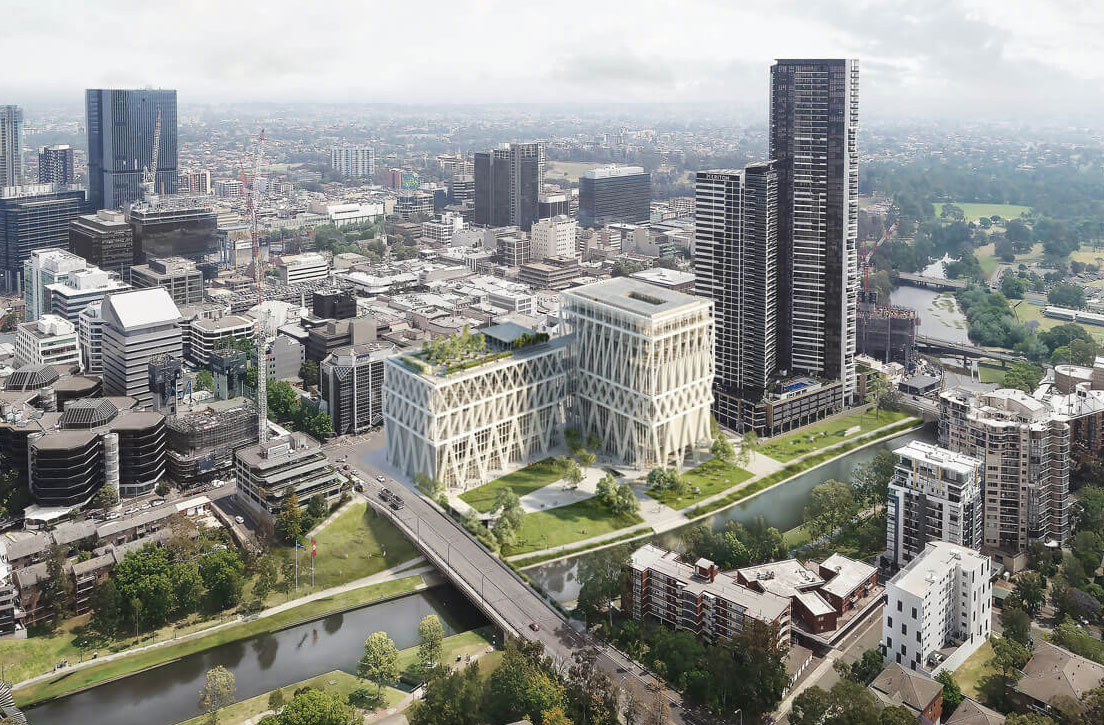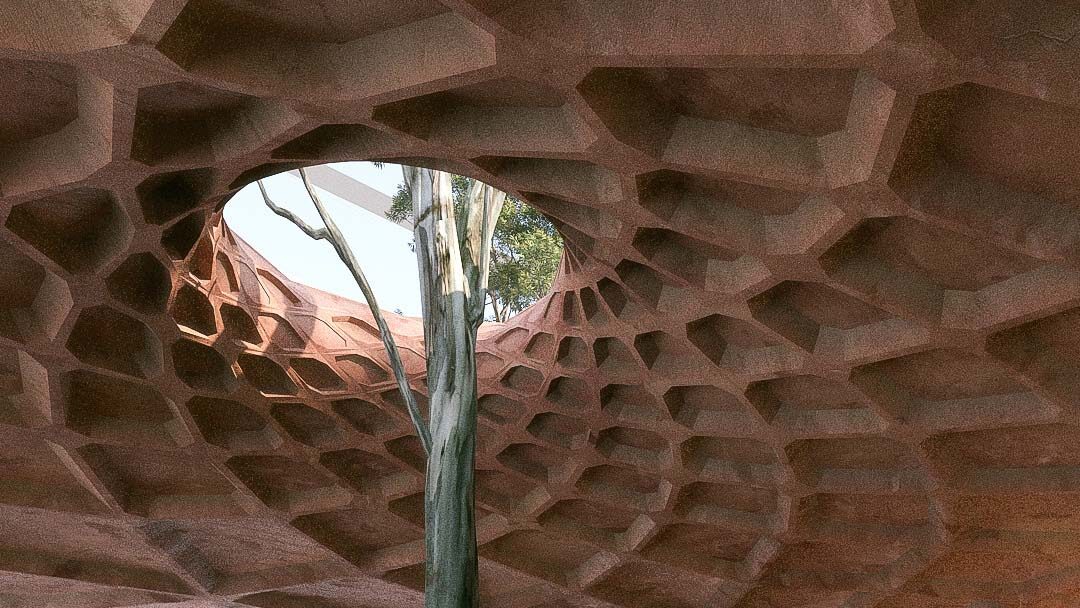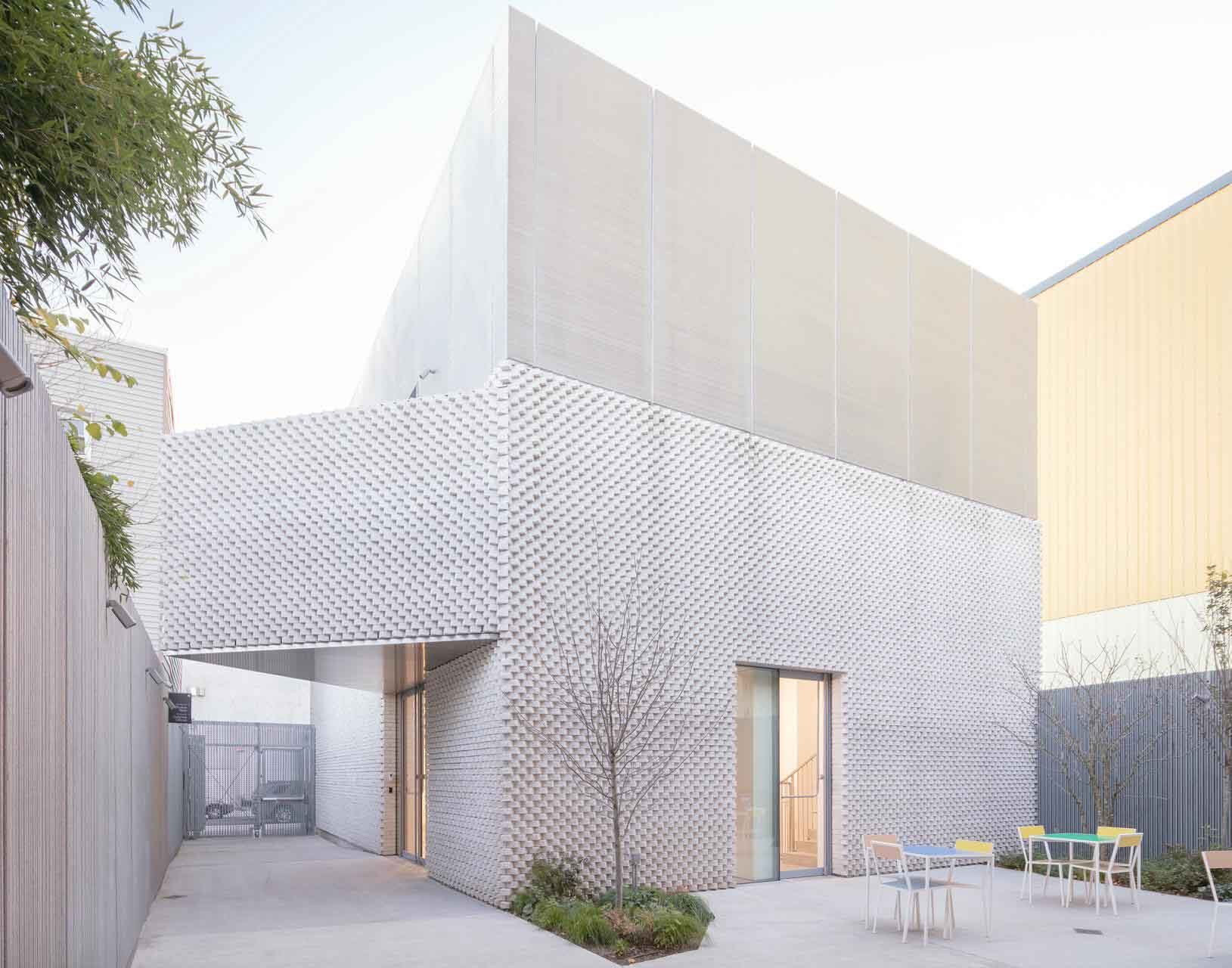Technological challenges and opportunities behind the design of the Parramatta Powerhouse and the Sydney Modern Project
The Australian construction industry has among the lowest rates of investment in research and development in our economy. Innovation in technology and construction requires courage, time, and usually conspicuous investment. Despite being often considered problem-makers by their clients and engineers, architects can contribute to innovation improvements in the construction sector. When architectural design is inspired by non-standard tectonic and materials, the resultant buildings are delivered by bespoke solutions that can develop new systems, new materials, and new manufacturing process. We call this innovation by design.
Reflecting on the construction history of specific case studies around the world, we can appreciate how this has occurred in the past and what opportunities new non-standard projects planned in Australia will offer. The Guggenheim Museum in Bilbao (1997), the Centre Pompidou in Paris (1977) and the Sydney Opera House (1973) are some of the most notable examples where a non-standard design not only challenged the architecture landscape but also brought up long-term innovation in the local construction sector. Furthermore, all of these buildings turned into engines for the urban and touristic redevelopment of post-industrial areas, cities, and even regions. After the opening of the Guggenheim Museum in Bilbao, this became a consolidated trend – the so-called Bilbao Effect – quickly spreading in Europe, and then globally.
The formula is simple: flashy, quirky, and pioneering design principles are used to create buildings for a cultural institution that turns itself into a tourist destination and, eventually, a modern monument. These buildings are the result of an intellectual approach that stretches the architectural narrative to its geometrical and material limit. The visitors, attracted by the iconic appearance of the building and potentially the cultural offer, should represent a long-term source of income for the cultural institution and, by extension, the hosting city. However, when we consider the visitors as the only long-term source of revenue resulting from these structures, we may be underestimating the value these buildings can produce in terms of technical advancement, thereby miscalculating their investment return to the industry and society.
The titanium cladding of the Guggenheim Museum in Bilbao, for instance, opened up the aerospace manufacturing sector – already established in the region – to the building industry. The futuristic design of the new National Museum for 21st-century art – the MAXXI – in Rome, was conceived to cast the building as a gigantic, seamless concrete sculpture. This pushed the reinforced-concrete casting procedure to the limit, producing a bespoke form-work system, later commercialised as an off-the-shelf solution, and a new concrete mix, now available on the market. Recent years have seen examples of design innovation feeding new opportunities in the local industry in Australia. In 2014, the convoluted facade of the Dr Chau Chak Wing Building in Sydney provided an opportunity to up-skill local bricklayers with a new set of abilities, which have been reused in other projects like the newly completed Phoenix Central Park (Sydney, 2019).

The uncertainty that can often accompany a non-standard design in terms of precisely estimating the budget can significantly affect the success of this type of strategy and the cost-to-income ratio. Legitimately, budget issues might drive the perception of non-standard design, but they could also contribute to losing sight when it comes to measuring the long-term value of these initiatives. This was the case of the construction cost of the Sydney Opera House, initially estimated at $7 million. Eventually paid by a state lottery, the final cost of the Jørn Utzon’s imaginary design was $102 million. Despite its skyrocketing budget, the building’s construction contributed immeasurably to advancing the Australian construction industry at that time. For example, building the roof shells required the invention and adoption of new techniques such as the use of plywood for the locally developed form-work systems and epoxy resin as structural glue. These inventions were subsequently marketed and adopted by sectors of the construction industry, which then profited from the ground-breaking design of the building. In addition, an uncountable number of young engineers, site managers, and onsite workers received unique and comprehensive training on a site of immense significance. However, a lack of precision in budget evaluation can also lead to project cancellation, as occurred for the Helsinki Guggenheim Museum proposal by Moreau Kusunoki Architects.
Such budget uncertainty is not always the case – it is also possible to estimate and adhere to an accurate budget. An exemplary case is the Grandview Heights Pool in Canada (2016), featuring a super-thin, wave-like roofline. Costing CA$45 million, only $3 million above the anticipated cost, the roof over the pool was the result of a pioneering structural system that resulted in what is claimed to be the world’s most slender, long-span timber roof. This achievement opened a new frontier for suspended timber structural solutions.
For better or worse, these pilot projects, often paid for with public money, are drivers of technological and construction innovation. As outcomes of public investments, their financial appraisal is a necessary practice for evaluating government transparency and accountability. However, we argue that it is good practice to evaluate these investments not only in terms of their immediate cost-effectiveness but also for their long-term extended capacity to create knowledge and advance the local and global construction industry. This knowledge is an integral part of any national culture and identity and a strategic economic asset. Public funds become, therefore, a vital means to ensure the country’s progression as a whole. Nevertheless, in the history of modern capitalism, the state has not only fixed market failures, but has also actively shaped and created new markets.
Due to their cutting-edge design, the Powerhouse Parramatta and Sydney Modern Project are likely the two next technological challenges that Australia’s construction industry will face. The architectural proposals for both ventures outlined projects ready to test the technological limits of the building industry. The zigzagging exoskeleton of the Powerhouse Parramatta, designed by the same architects of the cancelled Guggenheim Museum in Helsinki, will combine new integrative fabrication solutions to achieve the architectural intention with structural integrity. The high level of care that will need to be dedicated to the museum materiality and tectonics will be a testament to Australian domestic ability and building-making skills, as much as to the value of the collections that will be displayed. The technical development of the NSW Art Gallery extension, conceived by the Japanese firm SANAA, with its minimal roof plates and intersecting glass boxes, integrates structure and building services to their physical limits in the name of slender and transparent building components. In Europe, SANAA’s buildings have required the introduction of new facade technology and construction systems, so it is reasonable to assume the same will happen here.
While debates regarding public-funded buildings always fluctuate between budget and architectural performances, the enhanced technological advancement for the local (and, sometimes, global) industry and society tends to remain unacknowledged and undetermined. This is because it is extremely difficult to holistically collect, analyse, and share the technical knowledge created throughout a construction process and its long-term impact on the industry.
The sources of technical and economic challenges that will be involved in the Powerhouse Parramatta and Sydney Modern Project are demonstrated in the artistic impressions provided by the architects. Now that it is time to transform those images into reality, we should expect that third-party studies will be conducted to map the innovation these two projects will drive, and measure it against its potential long-term advantage for the Australian construction industry.
Therefore, when we find ourselves discussing the architectural value of these buildings, we might want to extend our appraisal by asking the following questions. How many construction components will be designed and fabricated in Australia? Will the engineering and construction of these two museums advance skills and knowledge within the Australian construction industry? How innovative will these buildings be from a technological perspective? What will be the cost of that innovation compared to its long-term benefit for Australia?
Luciano Cardellicchio is a senior lecturer in Architectural Construction at UNSW.
Paolo Stracchi is a lecturer and program director for the Master of Architecture program at the University of Sydney.
Published online:
2 Mar 2021
Source:
Architecture Bulletin
Vol. 77 / No.2
December 2020



